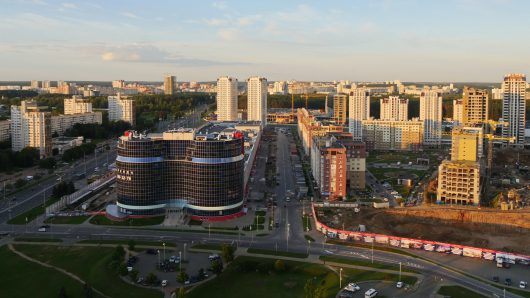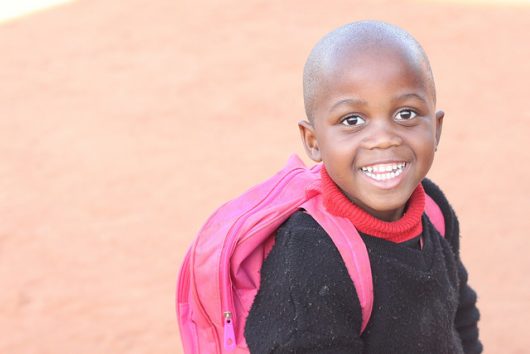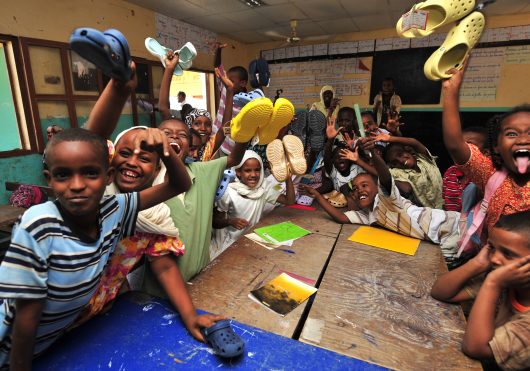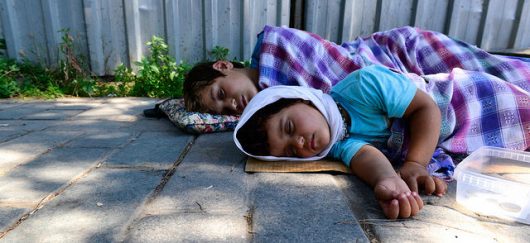
Located between a small strip of the southern French border and the Mediterranean Sea is the Principality of Monaco, the second smallest state in the world. With such a small territory and just 30,581 citizens, one might assume that the principality would be reluctant to host refugees. However, Monaco has gladly accepted some refugees. Here are 10 facts about refugees in Monaco.
- Monaco will be accepting refugees in limited numbers due to their small size.
- Serge Telle, the Monegasque Minister of State, has said that such welcoming of refugees is largely symbolic.
- In June 2016, Monaco, in conjunction with the United Nations High Commissioner for Refugees (UNHCR), welcomed a family of Christian Syrian refugees. Christian populations are often heavily threatened in Syria.
- In March 2008, Prince Albert II of Monaco announced that Monaco would donate 100,000 euros to the UNHCR refugee program.
- Monaco has previously supported the UNHCR’s work by fundraising through Amitié Sans Frontières, which translates to “Friends Without Borders.”
- Currently, an immigrant must reside in Monaco for 10 years in order to acquire citizenship through naturalization.
- Monaco does not accept refugees unless those refugees meet French criteria. This has been established through bilateral agreements between the principality and France.
- The principality has acceded to the Geneva Convention of 1951 and the Protocol of 1967, which is the most recognized international law regarding refugees.
- An international NGO, based in Monaco, known as the International Emerging Film Talent Association (IEFTA), launched an all-day event called “Refugee Voices in Film” at the Cannes Music Festival.
- The film project was done in collaboration with the UNHCR.
In lieu of the Syrian refugee crisis, the Principality of Monaco has chosen to lead by example. Despite the principality’s small size, there are now refugees in Monaco, integrating and on their way to lead happy lives. Hopefully, the rest of the world will follow suit.
– Shannon Golden
Photo: Flickr









